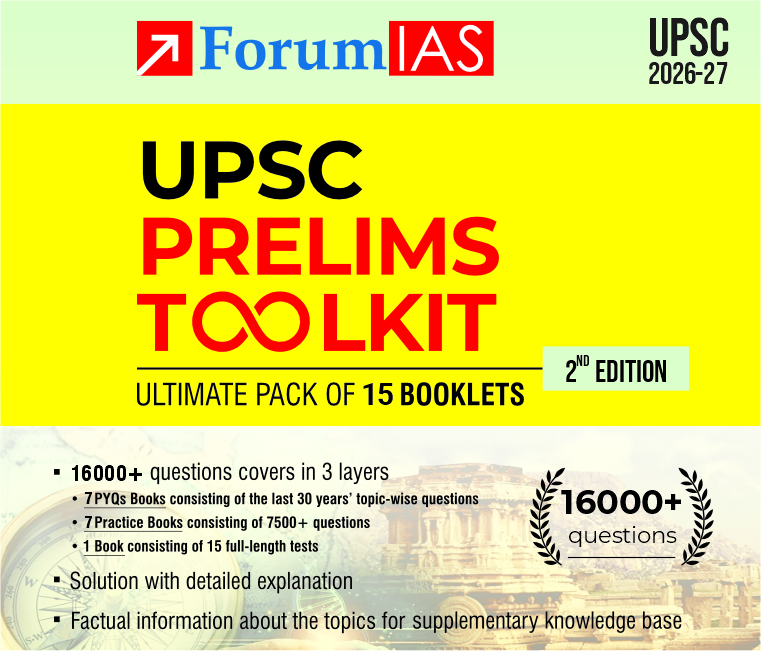About Prelims Marathon – In this initiative, we post 10 high-quality MCQs daily. Questions are based on the static part of the syllabus. We at ForumIAS believe that practicing these quality questions on a daily basis can boost students’ prelims preparation.
For the weekly time table and archives click HERE
[WpProQuiz 1530]







8 of 10 questions answered correctly
Your time: 00:04:09
You have reached 8 of 10 scores, (80%)
at times we get unexpected scores. I don’t deserve this score
RESULTS
6 of 10 questions answered correctly
Your time: 00:02:16
You have reached 6 of 10 scores, (60%
7/10
Time:00:03:11
Indigo riots started for the first time in Bengal and spread across India. Is it correct? Because what you have posted explanation and question regarding Indigo might be confuse.
Thanks ForumIAS???!
Hi , see spread across other areas means, the areas of indigo cultivation in Bengal. In 1859 Bengal province covers whole Bengal(East and west), Bihar and Odisha. hope this clarifies your doubt.
Hi , see spread across other areas means, the areas of indigo cultivation in Bengal. In 1859 Bengal province covers whole Bengal(East and west), Bihar and Odisha. Hope this clarifies your doubt 🙂
Thank you sir!
RESULTS
7 of 10 questions answered correctly
Your time: 00:03:29
You have reached 7 of 10 scores, (70%)
RESULTS
9 of 10 questions answered correctly
Your time: 00:03:32
You have reached 9 of 10 scores, (90%)
7/9
8 of 10 questions answered correctly
Your time: 00:02:52
You have reached 8 of 10 scores, (80%
7/10
5/10
RESULTS
5 of 10 questions answered correctly
Your time: 00:03:18
You have reached 5 of 10 scores, (50%
7 of 10 questions answered correctly
Your time: 00:02:12
6/8..q7,8,3,10..
5/8
RESULTS
7 of 10 questions answered correctly
Your time: 00:01:51
RESULTS
7 of 10 questions answered correctly
Your time: 00:05:02
You have reached 7 of 10 scores, (70%)
Q8 , explain that cotton is brought by British seems wrong because cotton production in India has been from the time of Harappa